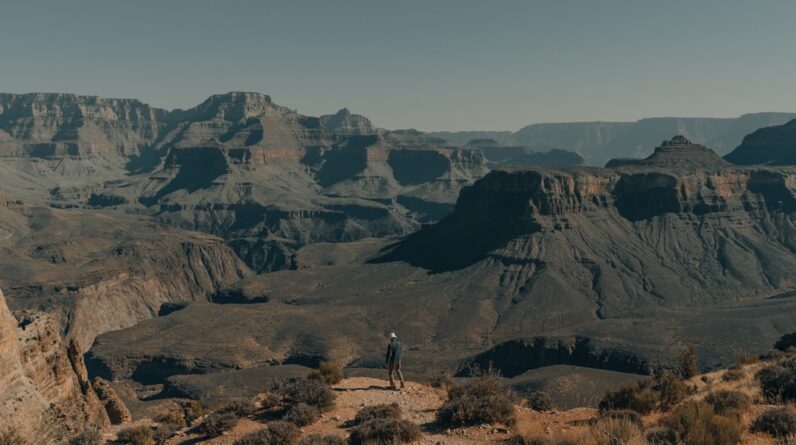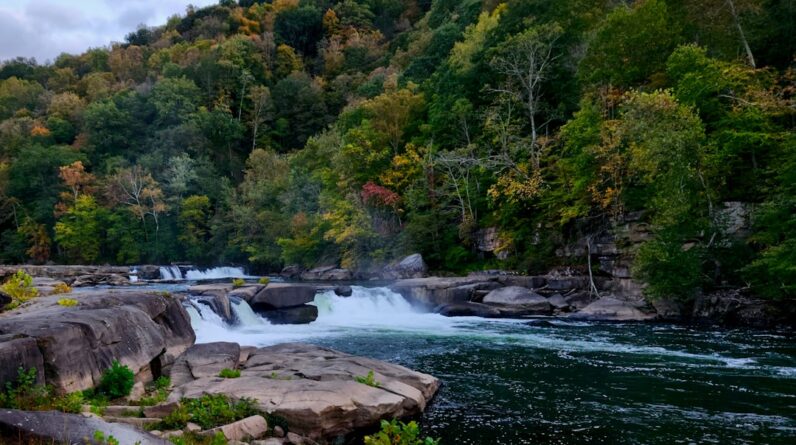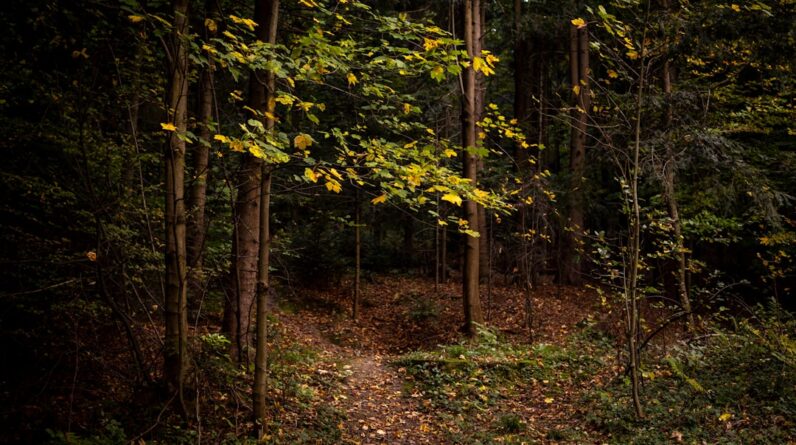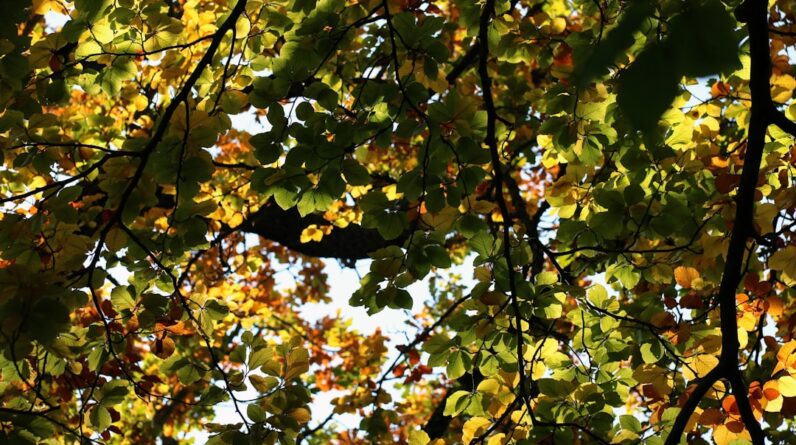Pukaskwa National Park is a hidden gem located on the shores of Lake Superior in Ontario, Canada. This pristine wilderness is home to breathtaking landscapes, diverse wildlife, and rich Indigenous culture. With its rugged coastline, dense forests, and stunning vistas, Pukaskwa offers visitors a unique and unforgettable experience.
Preserving natural treasures like Pukaskwa National Park is of utmost importance. These protected areas not only provide a sanctuary for wildlife but also offer opportunities for people to connect with nature and experience its beauty firsthand. By preserving these natural wonders, we ensure that future generations can continue to enjoy and appreciate the incredible biodiversity and ecological value they hold.
Key Takeaways
- Pukaskwa National Park offers a unique wilderness experience with hiking trails, wildlife encounters, and cultural sites.
- The Coastal Trail is a thrilling adventure along the shoreline, with stunning views and challenging terrain.
- Visitors can spot moose, bears, and other wildlife while exploring the park’s diverse ecosystems.
- The Pukaskwa Pits offer a glimpse into the Indigenous culture and history of the area.
- The White River Suspension Bridge is a scenic wonder and a must-see attraction in the park.
Hiking Trails: Exploring the Coastal Mysteries
Pukaskwa National Park boasts a network of hiking trails that allow visitors to explore its coastal mysteries and immerse themselves in its natural beauty. The park offers a range of trails suitable for all levels of hikers, from easy walks to challenging multi-day treks.
One of the most popular trails in Pukaskwa is the Coastal Trail. This 60-kilometer trail follows the rugged shoreline of Lake Superior, offering stunning views of cliffs, beaches, and secluded coves. Hikers can witness the power of the lake as waves crash against the rocky shore and marvel at the untouched beauty of this remote wilderness.
When hiking in Pukaskwa, it is important to be prepared and take necessary precautions. The weather can be unpredictable, so it is essential to dress in layers and carry proper gear. It is also advisable to bring plenty of water and snacks, as well as a map or GPS device to navigate the trails. Additionally, hikers should inform someone of their plans and expected return time before setting off on a hike.
Wildlife Encounters: Spotting Moose, Bears and More
Pukaskwa National Park is home to a diverse range of wildlife, making it a haven for nature enthusiasts and wildlife photographers. Visitors have the opportunity to spot iconic Canadian animals such as moose, black bears, wolves, and bald eagles.
When encountering wildlife in Pukaskwa, it is important to maintain a safe distance and observe from afar. Wildlife should never be approached or fed, as this can disrupt their natural behavior and potentially put both humans and animals at risk. Respecting wildlife and their habitats is crucial for their survival and the overall health of the ecosystem.
The Coastal Trail: A Thrilling Adventure Along the Shoreline
The Coastal Trail in Pukaskwa National Park is a thrilling adventure that takes hikers along the rugged shoreline of Lake Superior. This 60-kilometer trail offers breathtaking views of cliffs, beaches, and secluded coves, providing a unique opportunity to experience the power and beauty of the lake.
The trail can be completed in 4-7 days, depending on hiking speed and desired pace. Along the way, hikers will encounter various terrains, including rocky sections, sandy beaches, and dense forests. The trail is well-marked with signs and offers designated campsites for overnight stays.
Hiking the Coastal Trail requires careful planning and preparation. It is essential to pack lightweight camping gear, sufficient food and water, and appropriate clothing for changing weather conditions. Hikers should also be aware of potential hazards such as steep cliffs and slippery rocks, taking caution while navigating these areas.
The Pukaskwa Pits: Uncovering the Secrets of Indigenous Culture
The Pukaskwa Pits are an important cultural site within Pukaskwa National Park that holds great significance for Indigenous communities. These pits were used by Indigenous peoples for cooking, smoking fish, and storing food for centuries.
Visiting the Pukaskwa Pits provides an opportunity to learn about the rich Indigenous culture and history of the area. It is important to approach this site with respect and reverence, as it is a sacred place for Indigenous peoples. Visitors should refrain from touching or removing any artifacts and follow any guidelines or restrictions set by park authorities.
The White River Suspension Bridge: A Scenic Wonder
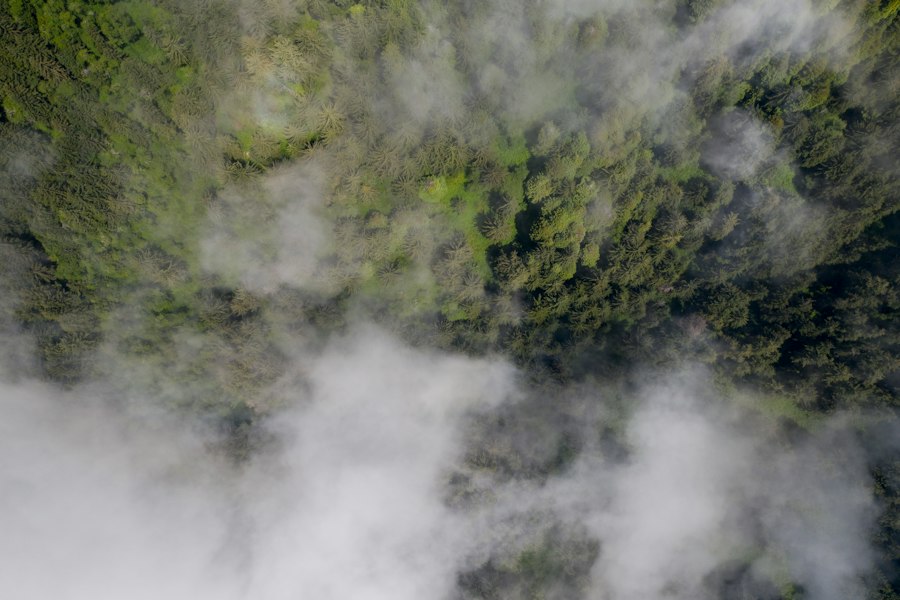
The White River Suspension Bridge is a scenic wonder located within Pukaskwa National Park. This 23-meter-long bridge spans the White River, offering breathtaking views of the surrounding forest and river below.
Visiting the White River Suspension Bridge provides an opportunity to immerse oneself in the beauty of nature and appreciate the engineering marvel of the bridge itself. It is important to tread lightly and respect the environment while visiting this area, ensuring that no litter is left behind and that any guidelines or restrictions set by park authorities are followed.
Camping in Pukaskwa: A Unique Wilderness Experience
Camping in Pukaskwa National Park offers a unique wilderness experience that allows visitors to fully immerse themselves in nature. The park offers a range of camping options, from backcountry camping along the Coastal Trail to frontcountry camping at Hattie Cove Campground.
Backcountry camping in Pukaskwa requires a permit and careful planning. It is important to be self-sufficient and pack all necessary gear, including a tent, sleeping bag, cooking equipment, and food. Campers should also be aware of wildlife safety precautions and store food properly to avoid attracting animals.
Frontcountry camping at Hattie Cove Campground provides a more accessible option for those who prefer a less rugged camping experience. The campground offers amenities such as picnic tables, fire pits, and washroom facilities, making it suitable for families or those new to camping.
The Bimose Kinoomagewnan Trail: A Journey Through History
The Bimose Kinoomagewnan Trail in Pukaskwa National Park is a journey through history, offering visitors a glimpse into the Indigenous culture and history of the area. This 1.5-kilometer trail features interpretive panels that provide information about the traditional uses of plants and the significance of the land to Indigenous communities.
Hiking the Bimose Kinoomagewnan Trail allows visitors to gain a deeper understanding and appreciation for the Indigenous culture that has shaped the landscape of Pukaskwa National Park. It is important to approach this trail with respect and reverence, ensuring that no damage is done to the environment or any artifacts along the trail.
Best Time to Visit: Planning Your Trip to Pukaskwa National Park
The best time to visit Pukaskwa National Park depends on personal preferences and desired activities. The park is open year-round, with each season offering unique experiences.
Summer (June to August) is the most popular time to visit, as the weather is generally warm and conducive to outdoor activities such as hiking, camping, and wildlife viewing. The park can be busy during this time, so it is advisable to make reservations in advance for camping or accommodations.
Fall (September to November) brings stunning foliage colors as the leaves change, making it a picturesque time to visit. The park is less crowded during this season, allowing for a more peaceful and serene experience.
Winter (December to February) offers opportunities for snowshoeing, cross-country skiing, and ice fishing. The park transforms into a winter wonderland, providing a unique and tranquil experience for those who enjoy winter activities.
Spring (March to May) brings the awakening of nature, with wildflowers blooming and wildlife becoming more active. This is a great time for birdwatching and observing the changing landscape as winter gives way to spring.
When planning a trip to Pukaskwa National Park, it is important to check for any park closures or restrictions, as well as to make reservations for camping or accommodations well in advance.
Conservation Efforts: Protecting the Natural Treasures of Pukaskwa
Conservation efforts play a crucial role in protecting the natural treasures of Pukaskwa National Park. The park is committed to preserving its unique ecosystems, biodiversity, and cultural heritage for future generations to enjoy.
Efforts are made to minimize human impact on the environment through responsible tourism practices. Visitors are encouraged to follow Leave No Trace principles, which include packing out all trash, staying on designated trails, and respecting wildlife and their habitats.
Pukaskwa National Park also works closely with Indigenous communities to ensure that their cultural heritage is respected and preserved. Collaborative efforts are made to incorporate Indigenous knowledge and practices into park management and interpretation.
By supporting conservation efforts in Pukaskwa National Park, visitors can contribute to the preservation of its natural treasures and help protect this unique wilderness for generations to come.
Conclusion: Encouraging readers to visit Pukaskwa National Park and appreciate its natural wonders while respecting the environment and Indigenous culture.
Pukaskwa National Park offers a truly unique and unforgettable experience for those seeking to connect with nature and immerse themselves in its beauty. From hiking along the rugged coastline of Lake Superior to exploring the rich Indigenous culture and history of the area, Pukaskwa has something for everyone.
By visiting Pukaskwa National Park, we not only have the opportunity to appreciate its natural wonders but also play a role in preserving them for future generations. It is important to approach this pristine wilderness with respect and reverence, ensuring that we leave no trace and follow responsible tourism practices.
Let us embark on a journey to Pukaskwa National Park, where we can discover the wonders of nature, encounter diverse wildlife, and learn about the rich Indigenous culture that has shaped this remarkable landscape. Together, we can appreciate and protect the natural treasures of Pukaskwa for generations to come.
Check out this related article on Travelogs.org: “Unlocking the Sunshine Vitamin: Why Women Need to Prioritize Vitamin D for Optimal Health.” In this informative piece, you’ll discover the importance of getting enough vitamin D, especially for women, and how it can contribute to overall health and well-being. Learn about the benefits of vitamin D, how to ensure you’re getting enough, and why it’s crucial for maintaining optimal health as you age. Don’t miss out on this essential information! Read more




